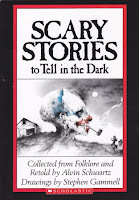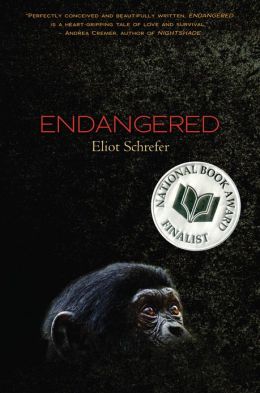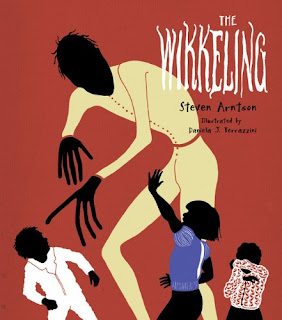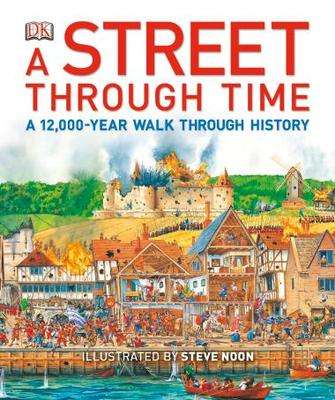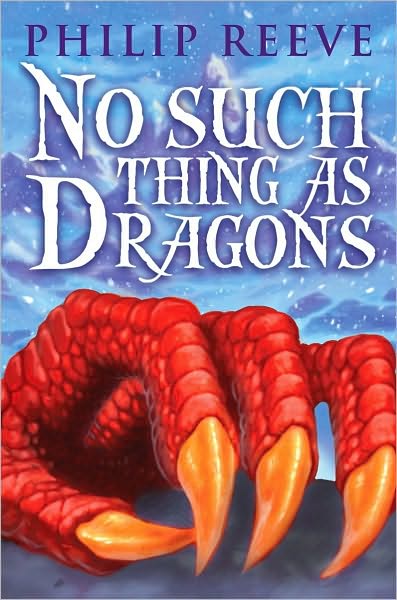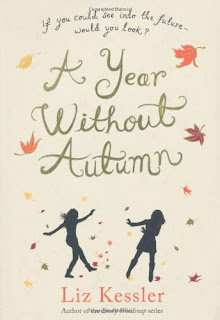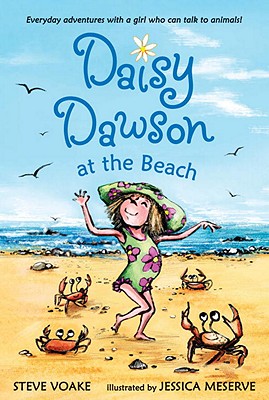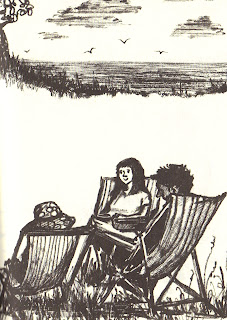On the Day I Died: Stories from the Grave is the newest book from the multitalented (and multi-awardwinning) Candace Fleming with cool over art by Jeremy Holmes. I am so excited by this book and hope that it heralds more to come. I loved a good ghost story when I was a kid, which was also a time when things of a scary and gruesome nature were not commonplace in the media unlike today. The stories I remember weren't gory and nothing my parents (who would not let me see The Amityville Horror when I was ten but did allow me to see Poltergeist three years later, much to my delight) would object to. These days, with so many violently graphic movies and video games on the market I think it's a true challenge to write a ghost story for young readers that is not explicit yet satisfying, which is exactly what Fleming does with On the Day I Died: Stories from the Grave. I also think that most kids have a healthy interest in the supernatural, whether it exists or not, and like to be a little bit scared by it from time to time, the same way it's fun to be scared by a really crazy roller coaster. With that in mind, as well as the fact that good ghost stories are hard to come by, I created the label Ghost Story, although this is more of a catchall for any story with ghosts in it, from something very literary like Roddy Doyle's A Greyhound of a Girl to the fantastic YA graphic novel Anya's Ghost to the wonderful and very tame Olivia Kidney series by Ellen Potter. These are stories with ghosts in them. The only truly traditional ghost story in that bunch would be Rebecca Wade's The Whispering House. Not only is this a suspenseful, intricate story with a ghost who seems to be menacing, but it is rich with history and well crafted characters who are able to uncover the truth of the haunting in the end. On the Day I Died: Stories from the Grave fits perfectly in this category and is also rich with history and spinetingling. And, while all the characters in the book - from the ghosts to the living - are teenagers, I think the stories are appropriate for middle grade readers. Consider On the Day I Died: Stories from the Grave a step up from the still hugely popular books from my childhood, the Alvin Schwartz and his Scary Stories to Tell in the Dark trilogy of books, which honestly, were never half as scary as Stephen Gammell's creepy illustrations. New covers (and less spooky interior art) are provided by Brett Helquist.
Fleming starts her book, which is more a collection of short stories than a novel, with Mike Kowalski, a teenager pushing his midnight curfew, trying to out-drive the ringing cell phone (no doubt his mother) on the seat next to him. He startles when he sees a young girl looking for a ride appear out of nowhere. Despite his impending punishment, he stops and picks her up, driving her the short distance home. As he turns to leave, he notices she has left her shoes in his car. Against his better judgement, he turns back and rings the bell of the house she disappeared into. Instead of Carol Anne, her mother answers the door and takes the shoes, wearily explaining that Carol Anne died fifty-six years ago on this very night. Every year on the anniversary of her death she walks the County Line Road and she always leaves her shoes in the car of the driver who picks her up. Her mother tells Mike that if he really wants to return her shoes, he can head over to the cemetery where she is buried in a special plot "reserved just for young folks." When Mike finally finds Carol Anne's tombstone, there is a pile of saddle shoes, in vary states of decay, in front of it. As Mike stares at her grave, a flurry of whispers surrounds him, each voice asking to be heard. The ghosts materialize, telingl Mike that they are desperate to tell someone their "death stories," the account of what happened to then on the day they died.
One of the really cool things Fleming does with On the Day I Died: Stories from the Grave is imbue her stories with local (Cook County, Illinois) history. In her author's note titled, "Where the Bones Lie," Fleming shares that her mother loved to tell spooky tales of strange events that occurred in their town. Fleming shares that she realized her mother's stories were inspired by "memory and myth - by local legend and folk-lore. But above all, they were inspired by truth - nearby places, real-life people, actual events. This connection with facts and history made her stories real . . . and real creepy!" Fleming sets her stories in Chicago's neighborhoods and suburbs, which are "shot through with the city's tragic, sometimes violent, but always intriguing history." Each chapter begins with the name and birth and death dates of the characters, with the oldest being born in 1853 and dying in 1870 and the youngest being born in 1995 and dying in 2012. They all meet their end in spooky, creepy ways. Gina, 1949 - 1964 and the first to tell her story, is a pathological liar who meets her match in a new student at her parochial school. Anthony Delvecchio, a liar and arsonist, uses Gina's weakness against her in an act that echoes a real arson fire that occurred in Chicago at Our Lady of Angels grammar school in December of 1958. Depression era Chicago, a decrepit old teacher with a cursed broach and a wiseacre street kid tell the story of Johnnie, 1920 - 1936. Al Capone, sea monkeys gone very awry, a new telling of WW Jacobs' 1902 story, "The Monkey's Paw," the Chicago World's Fair and a version of the Chicago State Hospital for the insane all make appearances in the stories in On the Day I Died: Stories from the Grave. Fleming uses these elements to weave spooky, creepy stories that probably won't keep you up all night but just might make you want to leave the lights on...
Source: Review Copy


